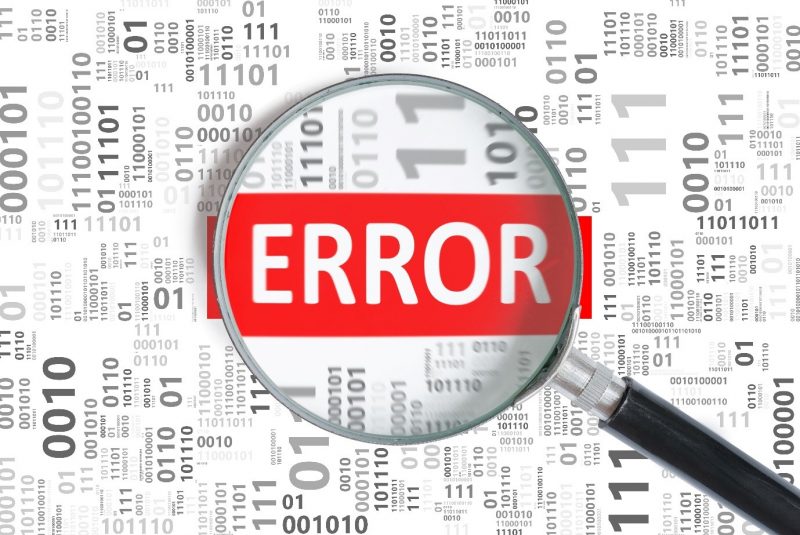
How do I account for a change in depreciation policy?
A question that I often get asked is: how are changes in depreciation policy accounted for?
The follow up question usually asked is whether such changes are accounted for prospectively or retrospectively under FRS 102?
The answer, however, depends on whether the change is a change in ‘estimate’ or a change in accounting ‘policy’.
Change in accounting estimate
Whilst commonly referred to as a ‘depreciation policy’, the depreciation method used is actually an accounting estimate (as detailed in FRS 102 paragraph 17.23).
For example, an entity changing from the reducing balance method to a straight line basis of depreciation, should account for this as a change in accounting estimate, in line with FRS 102 paragraph 10.16, by applying the change prospectively from the date of the change.
Both the useful life and residual value of an asset are accounting estimates. These estimates should be reviewed and updated, where necessary, in accordance with FRS 102 paragraph 17.19. Any amendments to either useful life or residual value are also applied prospectively from the date of change.
Change of accounting policy
When an entity decides to change where a depreciation charge is presented in the accounts, for example, changing its classification from cost of sales to administrative expenses, this would be deemed to be a change of accounting policy (unless, for example, there is a change in circumstance e.g. because of a change in production methods, meaning that the asset is now being used in a different way – in which case the change in presentation would be actioned prospectively from the date of change).
Under FRS 102 paragraph 10.8, this change must result in the financial statements providing reliable and more relevant information about the effects of transactions on the entity’s financial position or performance. When this criteria is met, entities should account for this change in accounting policy retrospectively and therefore the relevant depreciation charge for the prior period should also be reclassified.
If ever in doubt about the applicable rule in the case of your technical question please e-mail us at john@jmcc.ie and we will let you know if there is a charge for your technical question and how long it will take us to generate a reply. Usually technical questions are answered in 48 hours.
For more in technical accounting topics see our online webinars accessible for up to one year from date of purchase. There are 20 topics available and more are added all the time.
Topics include Investment Property Accounting, FRS 105, Common Errors in FRS 102 Accounting and the latest on FRS 105 and company law, visit our online webinar training website. Once viewing is completed, customers will receive a CPD Certificate confirming their learning.
See also our on-demand webinars on AML, accessible at any time and the new requirement for the AML Business Risk Assessment.






